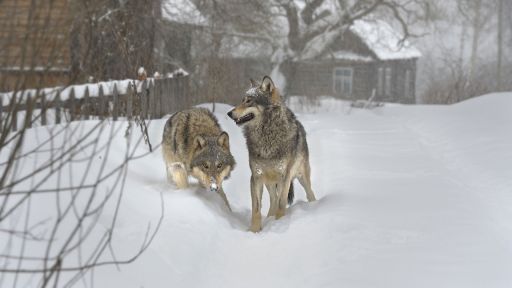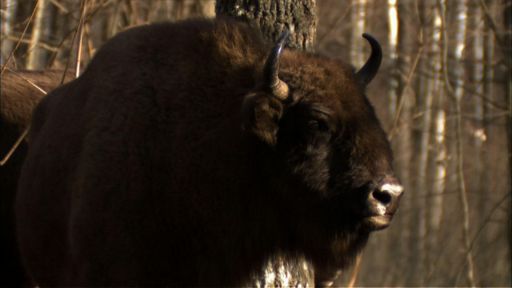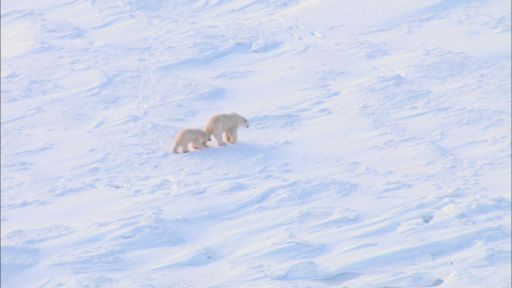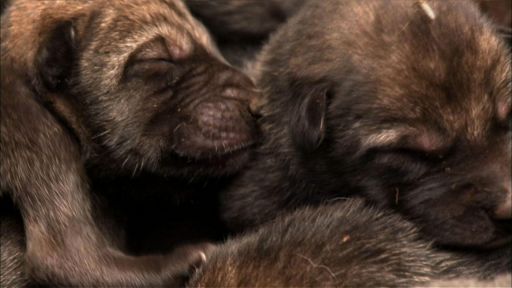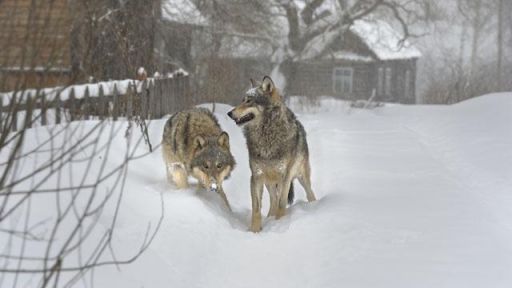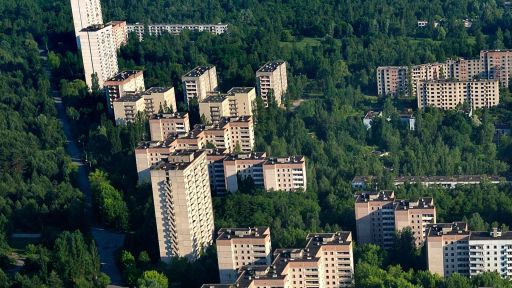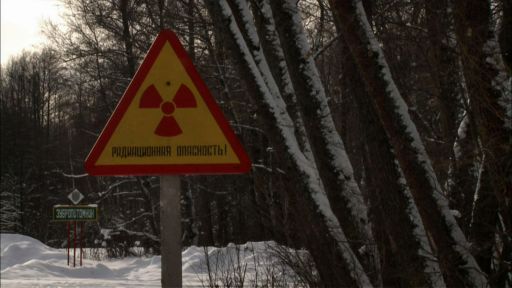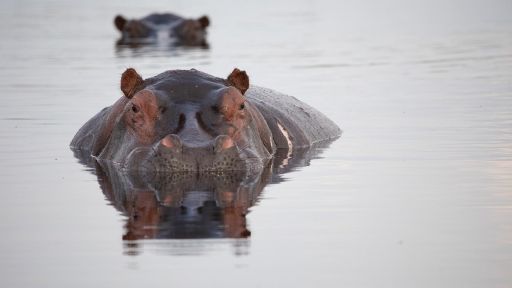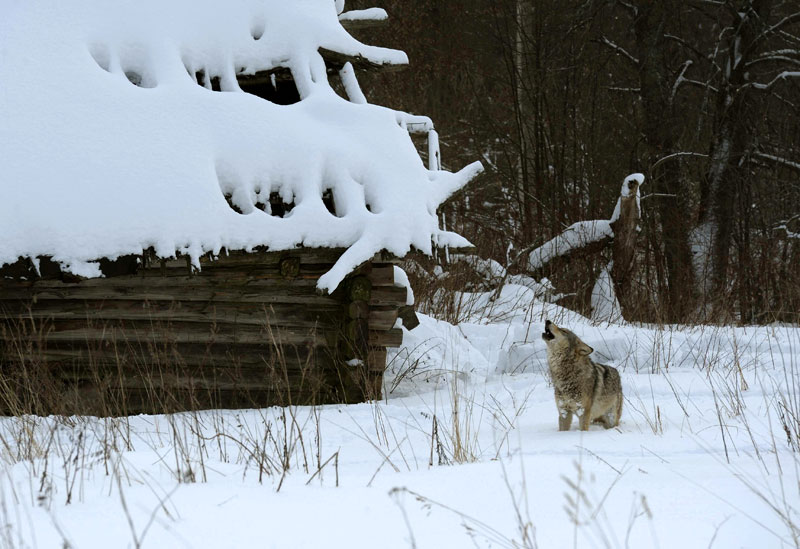
01_radio_gallery
Wolf in an abandoned village in the Chernobyl exclusion zone.

02_radio_gallery
Wolves in an abandoned village in the Chernobyl exclusion zone.
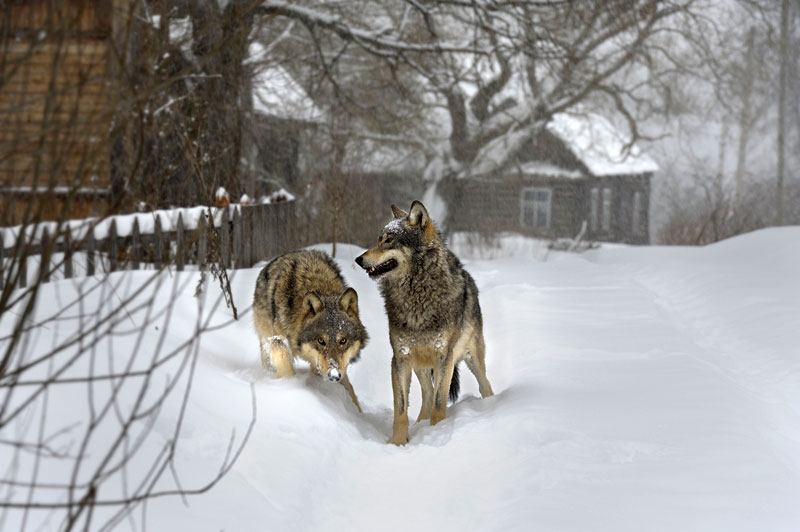
03_radio_gallery
Wolves in an abandoned village in the Chernobyl exclusion zone.
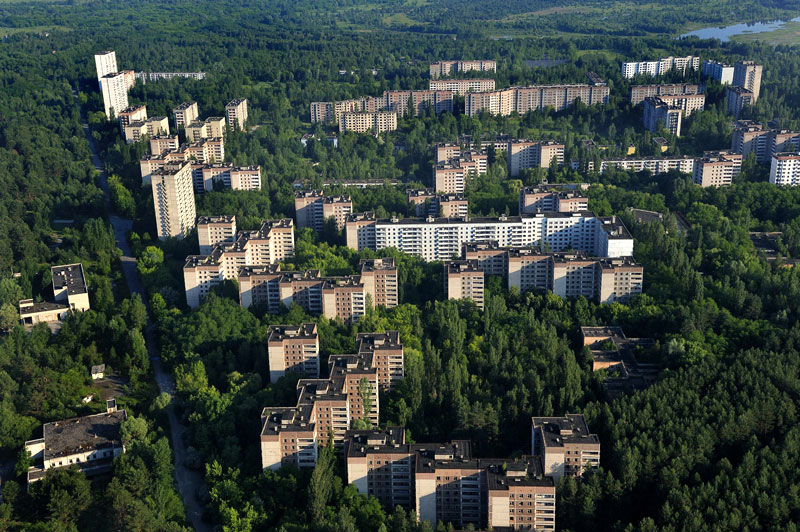
04_radio_gallery
The abandoned city of Pripyat.

05_radio_gallery
Wolves on carcass of European bison.
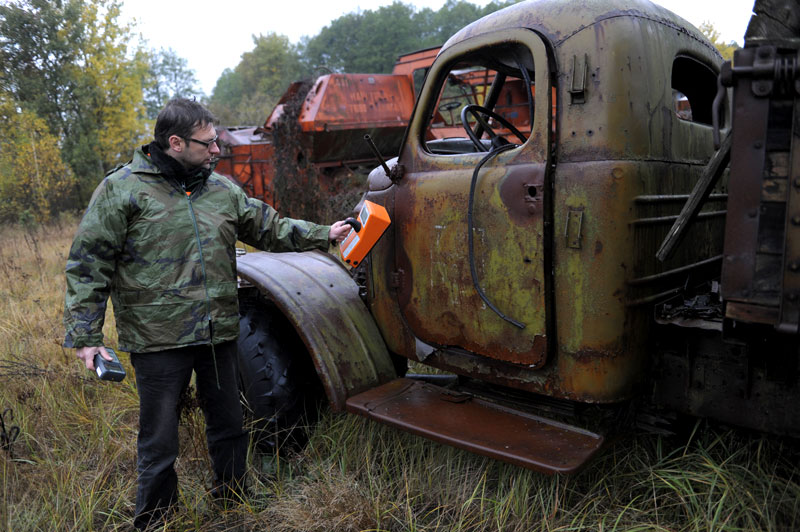
06_radio_gallery
Film crew member measuring radioactivity in shooting location with a radiometer.
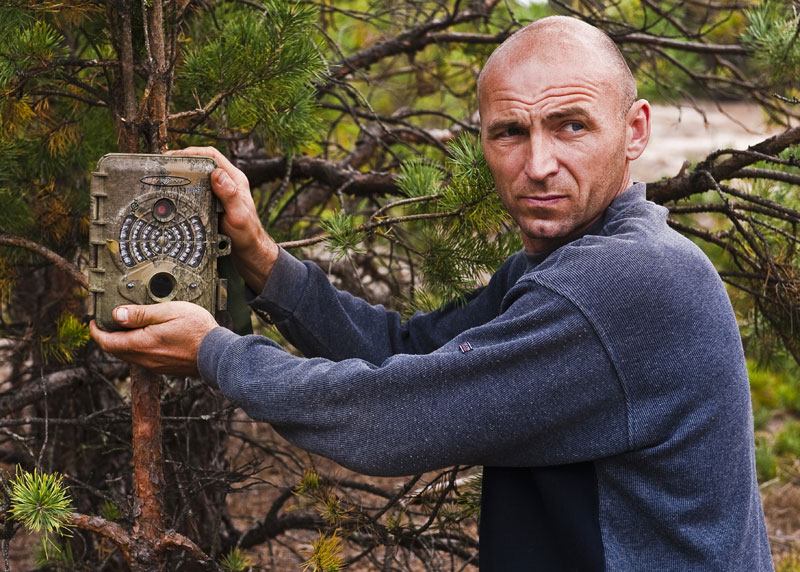
07_radio_gallery
Professor Dr. Vadim Siderovich, Minsk Academy of Sciences, is a leading carnivore expert. For his long-term study of the wolf population of the Chernobyl Zone, Belorus, he mounts a camera trap.
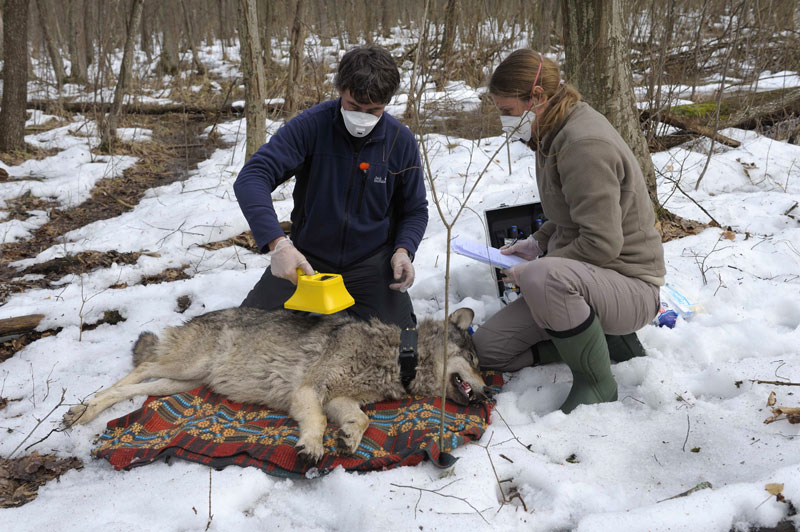
09_radio_gallery
Christoph and Barbara Promberger, carnivore experts from Germany and Austria, examining and radio-collaring a wolf in the Chernobyl zone. They are measuring the radioactive contamination of the animal's fur. To avoid inhaling contaminated hair, they wear face masks.
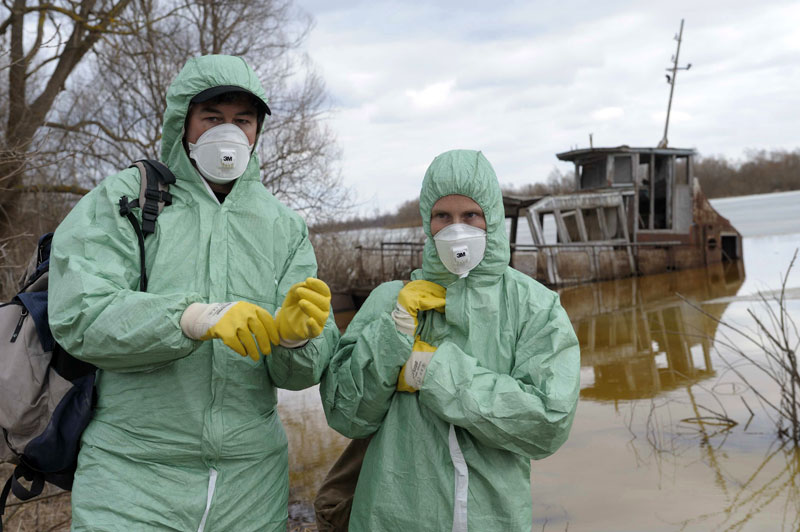
10_radio_gallery
Christoph and Barbara Promberger, carnivore experts from Germany and Austria, getting ready to place wolf traps for radio-collaring. They wear protective suits to avoid contact with contaminated soil as they will dig in the ground, and to prevent traces of human scent around the traps.

11_radio_gallery
The exclusion zone of Chernobyl has been abandoned since the Chernobyl nuclear accident in April 1986 and, because of the persisting level of radioactive contamination, is still off limits to the public.
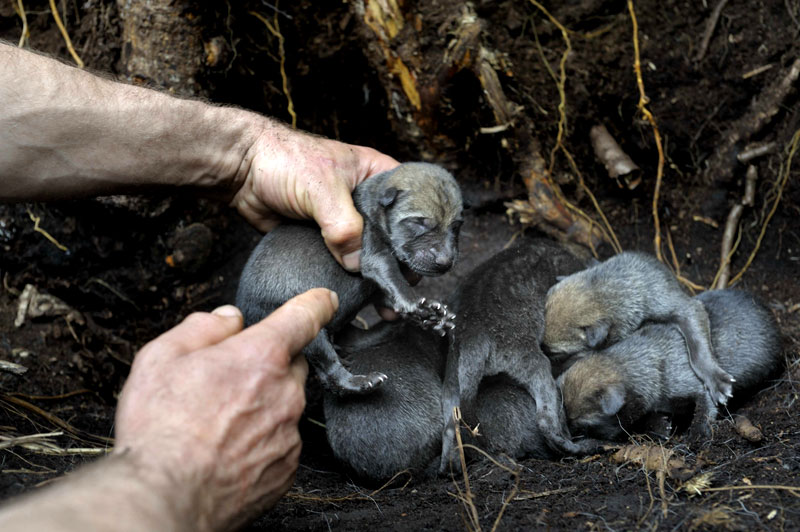
11a_radio_gallery
A fresh wolf litter found by Professor Vadim Siderovich during his wolf monitoring work in an uncontaminated control area. Data collected there are being compared to wolf data inside the zone.

12_radio_gallery
Professor Vadim Siderovich checks the general condition, sex ratio, litter size and survival rate of wolf populations inside and outside the zone.
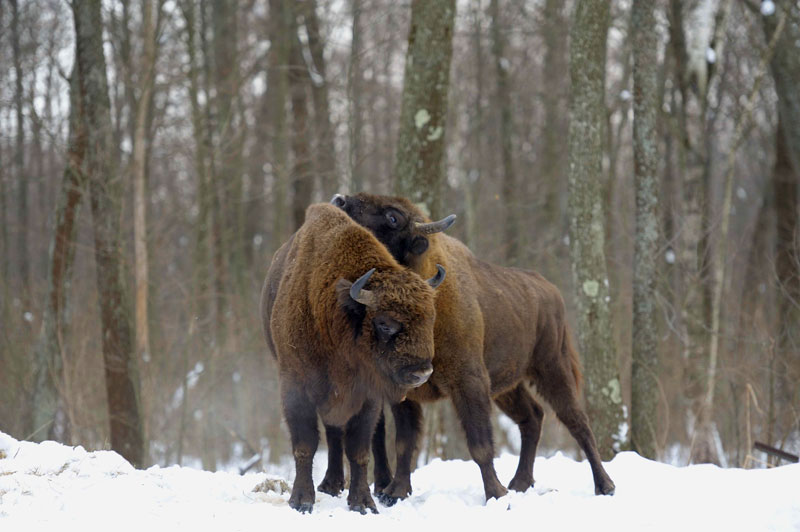
13_radio_gallery
European bison in the Chernobyl zone. Bison and feral horses were reintroduced to the zone in the nineteen-nineties to bring back the region's original bio-diversity. Both species have been thriving.
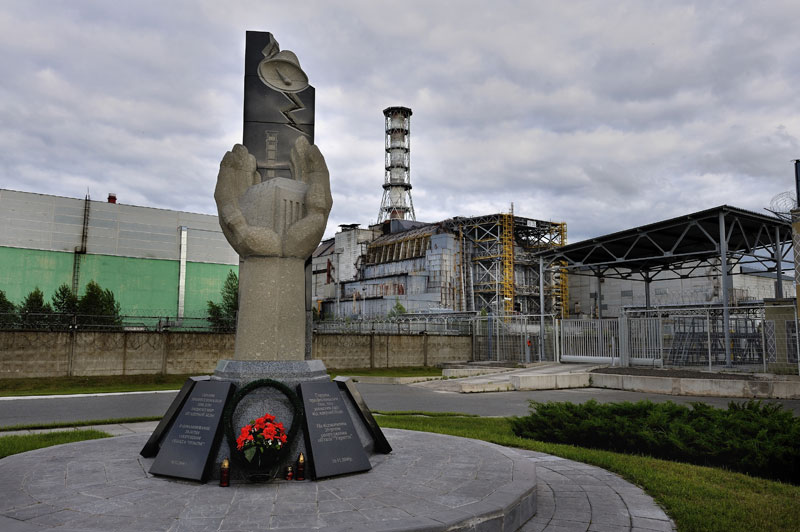
14_radio_gallery
The ill-fated reactor block no. 4 of the Chernobyl Nuclear power plant was covered with a so-called sarcophagus to contain dangerous radionucleids from the meltdown. It will have to be replaced in the near future. In the foreground, a monument in memory of the victims of 1986 nuclear disaster.
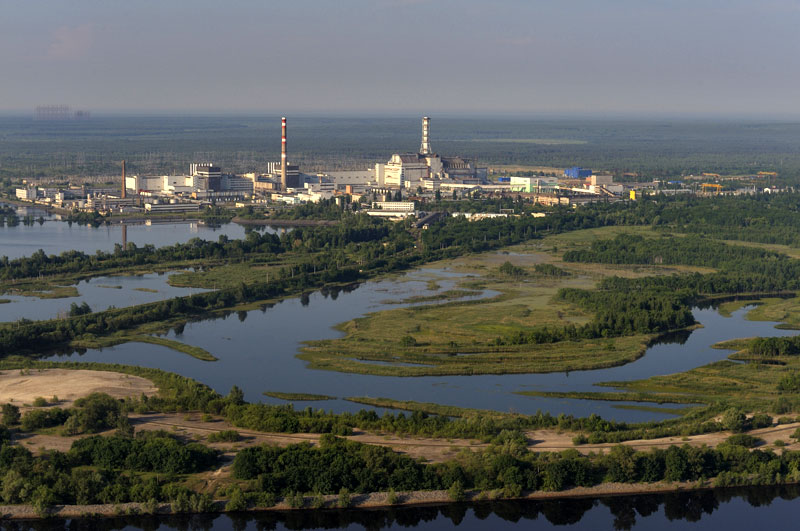
15_radio_gallery
The Chernobyl power plant on the Pripyat river and with ist vast cooling pond, from the air. Built in the Soviet era, the entire plant is now disused.

